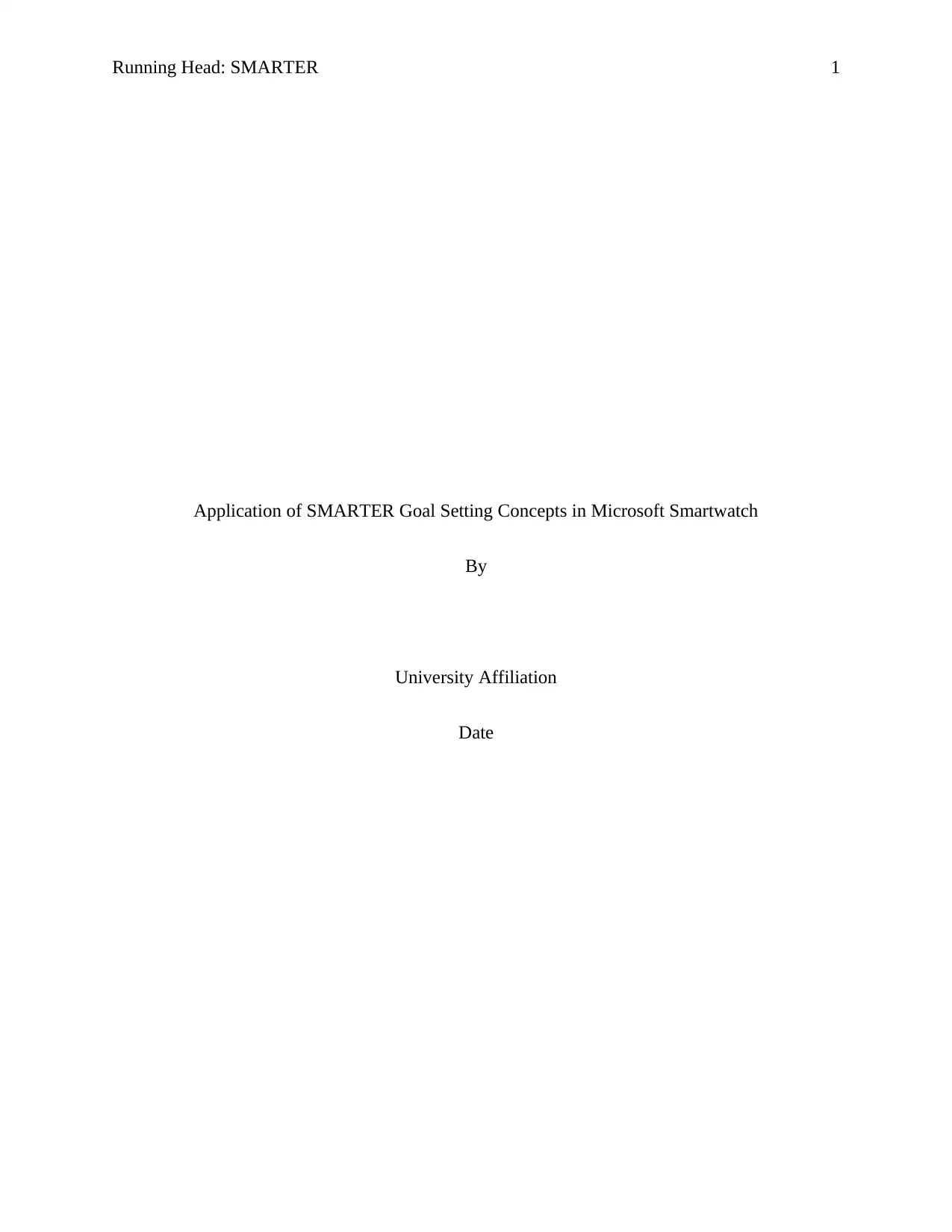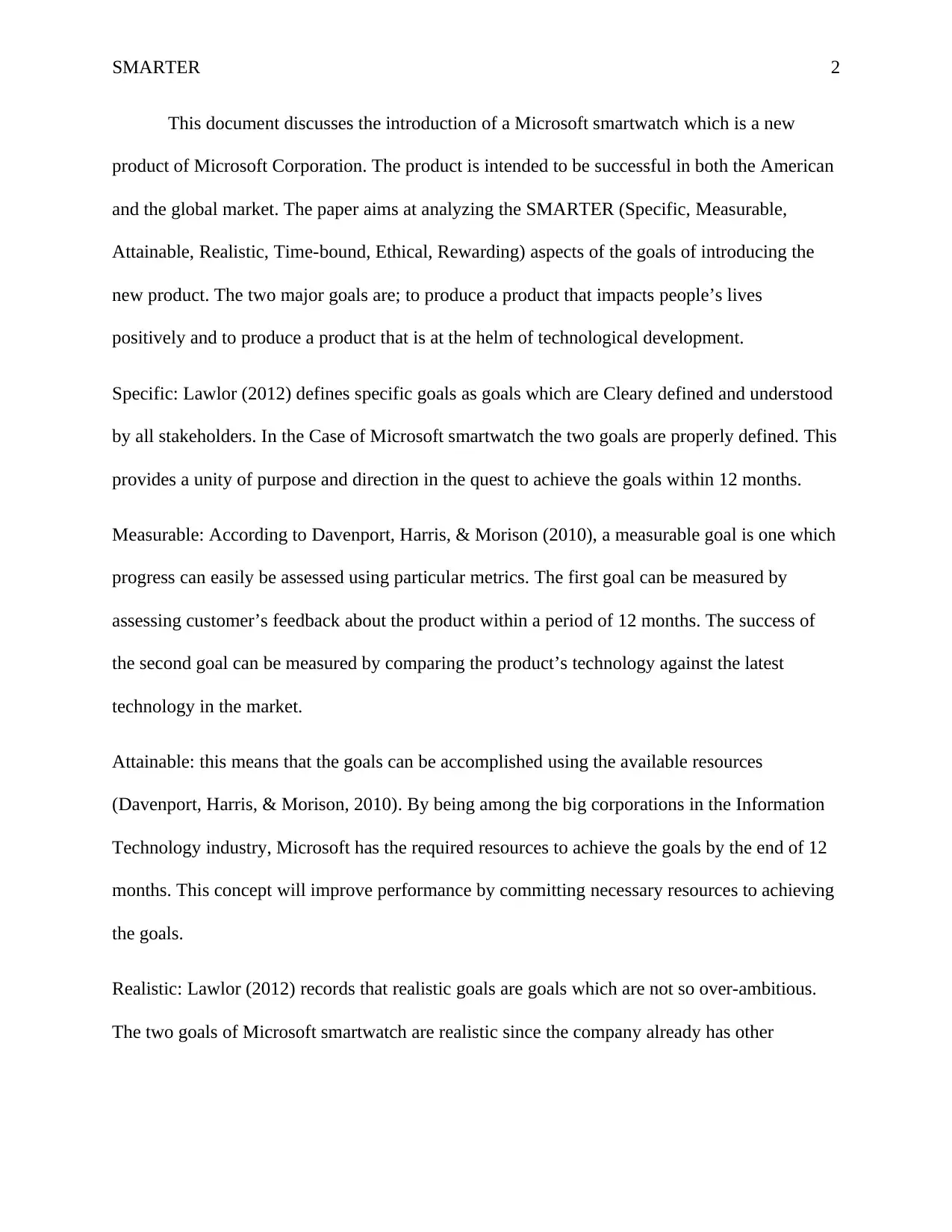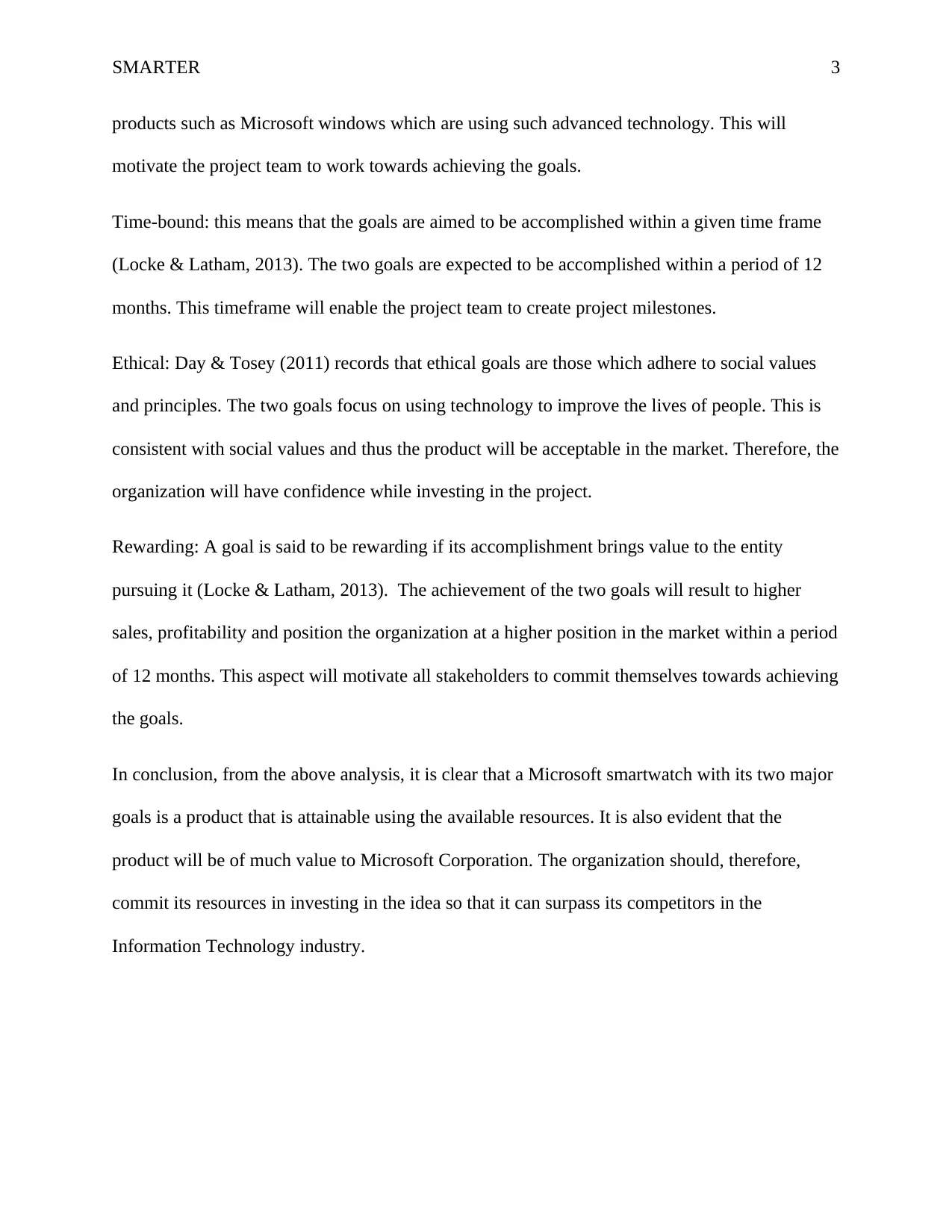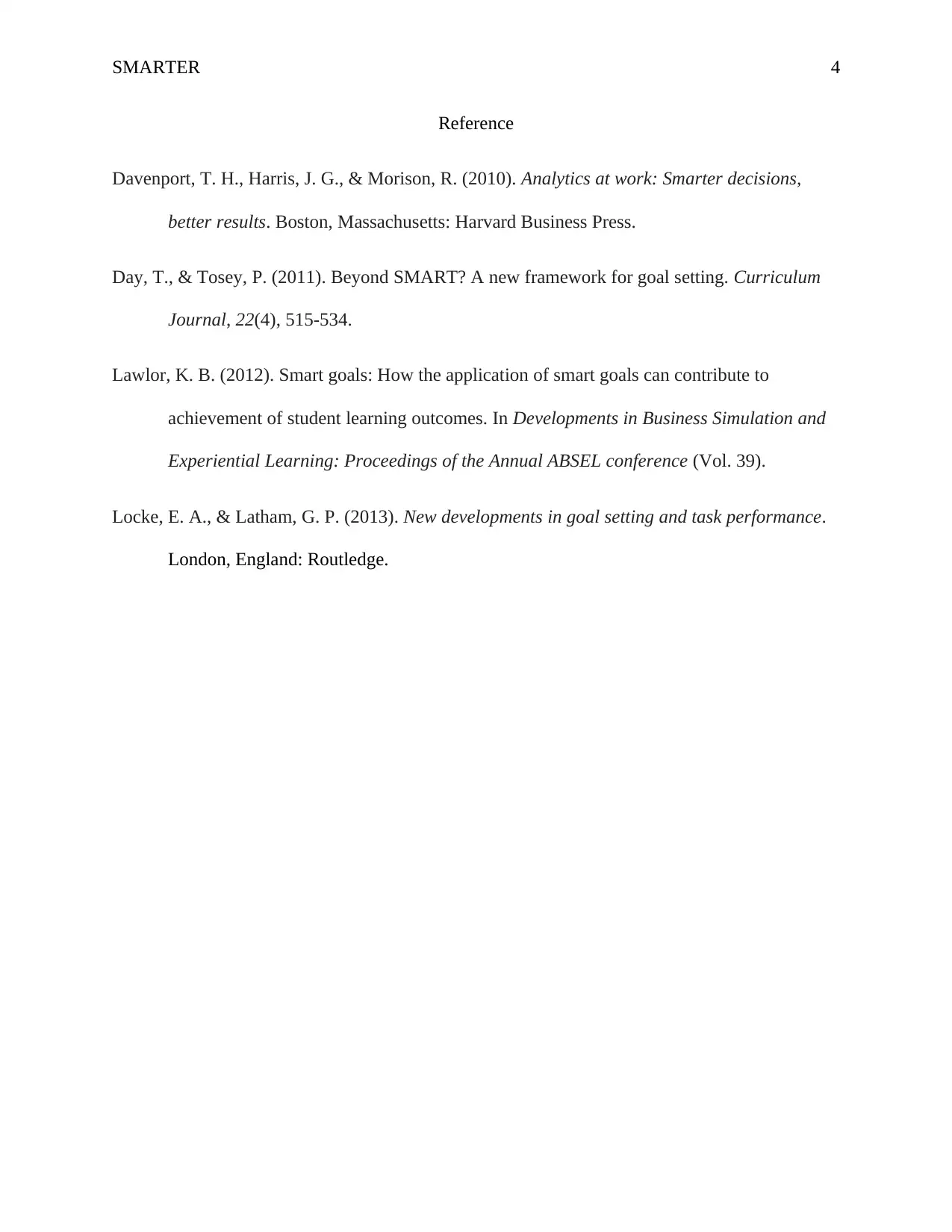Microsoft Smartwatch: Applying SMARTER Goal Setting Concepts
VerifiedAdded on 2023/04/21
|4
|783
|217
Report
AI Summary
This report examines the application of the SMARTER (Specific, Measurable, Attainable, Realistic, Time-bound, Ethical, Rewarding) framework to the goals of introducing a new Microsoft smartwatch to the American and global markets. The two primary goals are to positively impact people's lives and to lead in technological development. The report assesses each element of the SMARTER framework in relation to these goals, concluding that the goals are attainable with Microsoft's resources and will bring significant value to the corporation, recommending investment in the project to surpass competitors. Desklib provides access to this and similar solved assignments to aid students in their studies.
1 out of 4





![[object Object]](/_next/static/media/star-bottom.7253800d.svg)